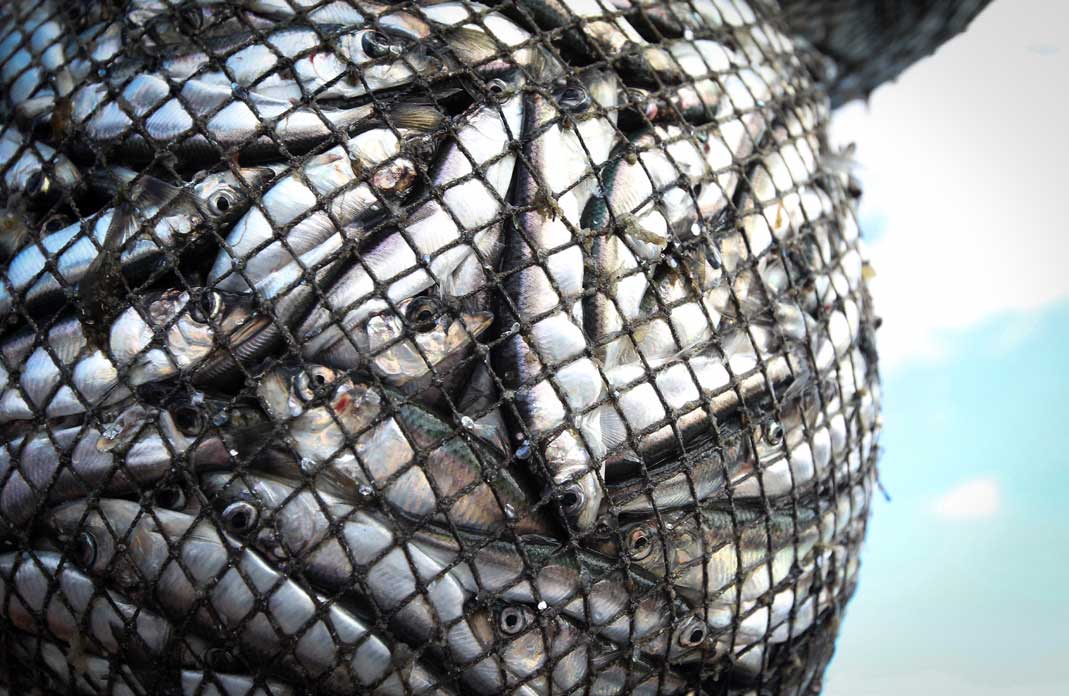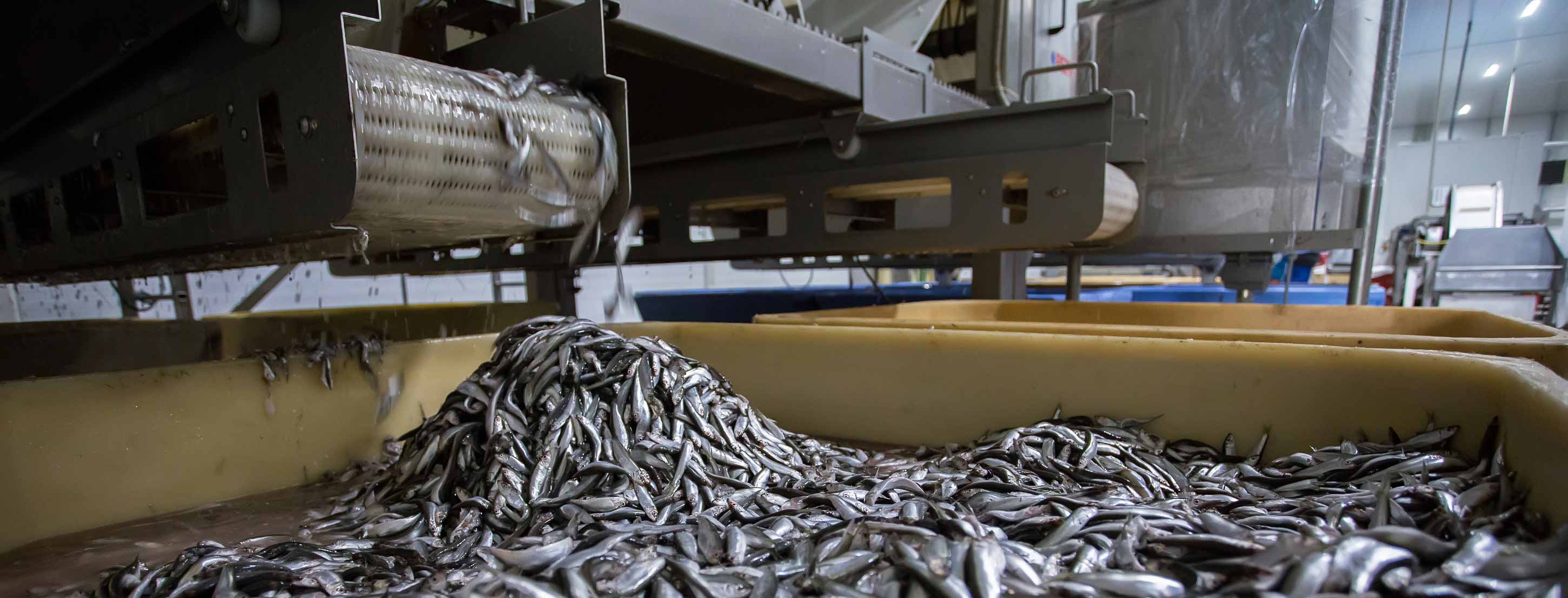Goals
- To simplify operational interface so that operators can easily identify production abnormalities.
- To implement a stable and secure industrial network capable of expanding.
- To increase overall production by minimizing downtime and faultfinding time.
Challenges
- The previous system was unreliable, resulting in substantial downtime.
- It was difficult for operators to identify problems with a lack of situational awareness.
- There were no historian reporting tools to assist production personnel.
Results
- An 80 percent reduction in monitors (from 23 to 4) improved operator training and situational awareness.
- Achieved a 20 percent increase in overall production of fishmeal.
“The challenges with the previous SCADA system we were using was that we didn't have blueprints of drawings to do fault finding. And other times when we have a problem, we don’t know where to look for it. You need to basically trace the whole electrical cable from one point to another just to find the fault.” - Peter, Electrical Supervisor
Oranjevis Simplifies and Optimises Fish Factory Operations with AVEVA
St. Helena Bay, South Africa – Oranjevis is one the largest fishmeal and fish oil producers in South Africa. A joint venture between Pioneer Fishing West Coast and Terrasan Pelagic Fishery, Oranjevis’s cannery and production facility are located in St. Helena Bay on the Western Cape. This is where Oranjevis produces 50-60 tons of fishmeal every hour, or 22,000 tons per year.
How Oranjevis Maintains A Cut and Dry Operation
Fish oil and fishmeal production boils down to a fairly straightforward process. Boats go out, boats come in, offload, dry, rinse, and repeat. With an operation of this scale, however, every second matters.
So, to keep a steady flow of fish running into the processing facility, Oranjevis uses a state-of-the-art pneumatic conveying offloading system that allows vessels to unload their haul (anywhere between 120 and 300 tons of pelagic fish per boat) and get back out to sea in as short a timeframe as possible.
It’s inside the factory that Oranjevis faces its greatest challenge.

Recognising the Need for More Accurate, Accelerated Faultfinding
With its previous SCADA system, Oranjevis regularly ran into problems recovering from system faults inside the factory. When a fault occurred, operators were required to assess up to 23 different monitors in order to understand what went wrong. Only then could they restore the factory to its normal state of operation.
These sudden periods of downtime resulted in a decrease in throughput and overall product quality, which was unacceptable. Something had to change, so Oranjevis sought a new system to address the challenges it had been experiencing. The goal was to implement a highly scalable new system that automatically tracked and reported faults to minimize downtime.
No Longer in Open Water
Oranjevis ultimately got more than it bargained for with its AVEVA solution. Currently running System Platform, InTouch, and Historian, Oranjevis now operates with greater consistency and situational awareness than ever before, resulting in higher quality of product, and quality of life for its operators. In fact, Oranjevis reduced its monitor count by 80%. Operators now have more visibility than ever with only 4 screens (down from 23).
As a result, operator response time to critical alarms has drastically increased, as has the ability to configure and disseminate production reports to relevant staff. In terms of bottom line figures, Oranjevis has increased production by 20% since partnering with AVEVA.
Moving forward, Oranjevis will continue optimizing its production processes through historical trending and alarm management. Today, Oranjevis may be producing the best (and most) fishmeal than it ever has before, but there’s no telling what will come in on those ships tomorrow.
“The type of the fish, the size of the fish, the volume of the fish, the temperature of this fish, you know, there’s so many factors influencing our industry. But at least when we put that fish through the plant and with the software system we’ve installed with all its capabilities and Historian data, at the end of the day, the result is best.” - Gerhard Louw, Engineer
